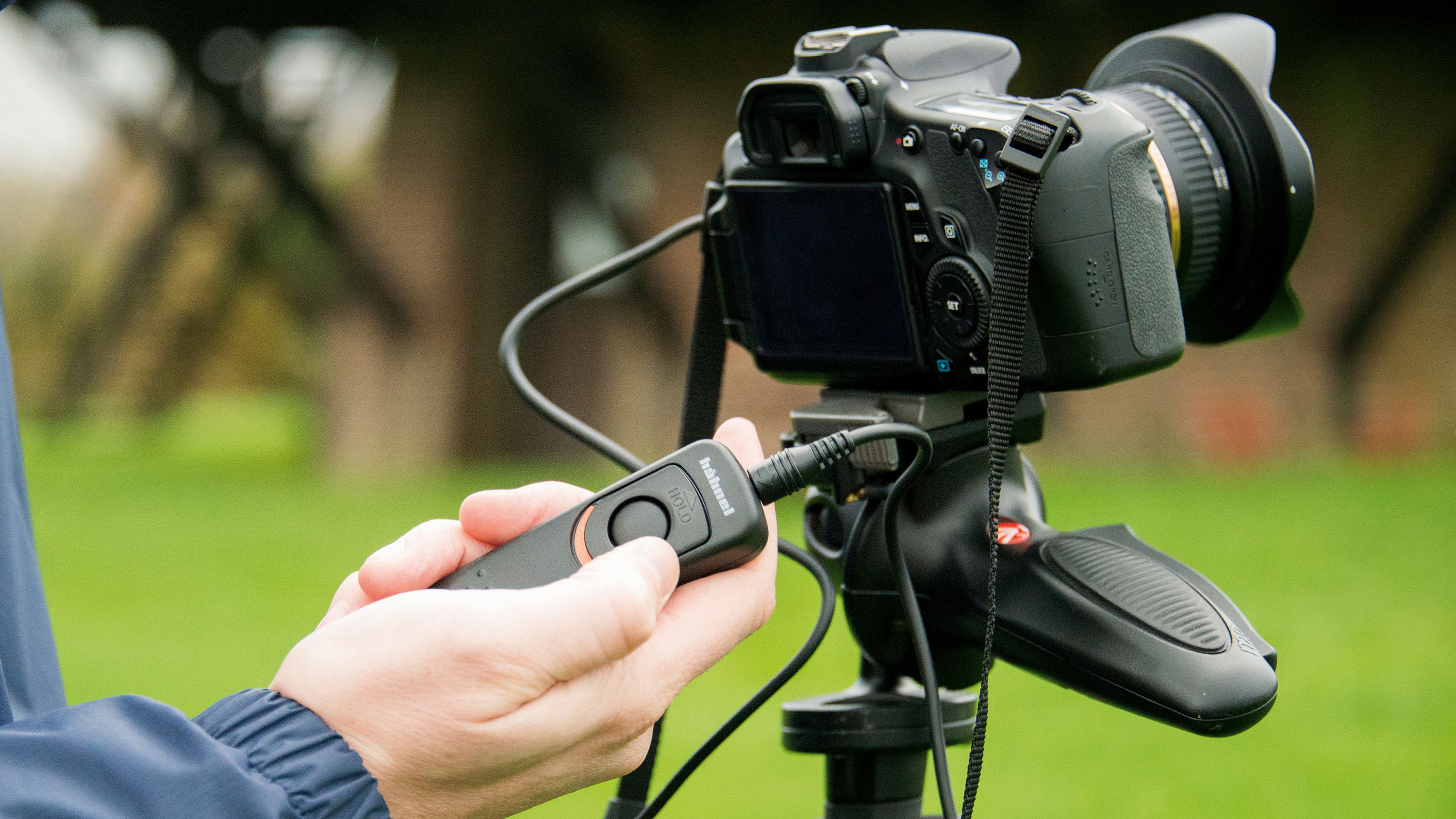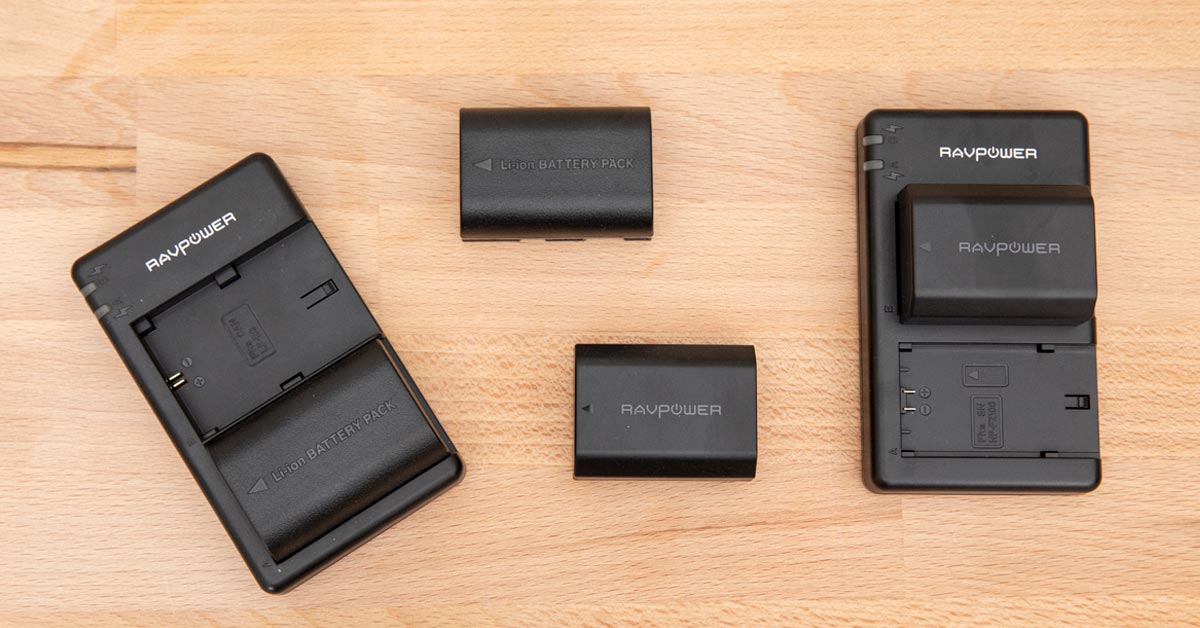PHOTOGRAPHY - HELPFUL ACCESSORIES
The appeal of using a system camera is that its capabilities can be expanded by the addition of optional accessories. Which accessories are right for you will depend on your style of shooting. With so many options available, the key to choosing a camera accessory is to be honest with yourself. Only buy an accessory that you know will either make your photographic life easier or lead to an improvement in your photography.

In this blog you’ll discover 9 must-have camera accessories that will help you take better quality photos, protect your equipment and keep you shooting when disaster strikes.
...........................................................................................................................
1. Fast Prime Lens :

If you bought your camera with the standard kit lens it’s very likely you’ll want to purchase more lenses to increase the range of creative photographic opportunities available to you.
There’s a bewildering array of camera lenses available which makes choosing your first additional camera lens confusing. However, many professional photographers will tell you that your first lens purchase ought to be a fast prime lens.
A prime lens is one that has a fixed focal length – i.e. no zoom function. At first, this might seem a severe limitation however the image quality produced by a prime is superior to a zoom lens. This is mainly down to the fact there are fewer glass elements in a prime lens resulting in sharper images, less weight, less complexity and less to go wrong.
By “fast” we mean that the lens has a large maximum aperture size. This allows the capture of more light in less time, which means you can use faster shutter speeds, even in low light, and still get sharp, well-exposed results.
...........................................................................................................................
2. Tripod :

A tripod is essential for any kind of photography where you need to ensure the camera stays completely still as the photo is taken. This includes photography in low light, long exposures, landscape photography, self-portraits and macro photography. The SLIK Sprint Pro II GM Tripod below is a good example of a typical tripod.
In low light, your camera will need to use a slower shutter speed in order to capture enough light for a good exposure. If the camera moves while taking the shot the results will be blurry. A tripod solves this problem by keeping the camera totally still.
Product, landscape and portrait photography often involve taking many shots of the same scene. In these situations a tripod can act as a “third-hand”, freeing up your two hands for making adjustments to your product or portrait subject.
A tripod is really useful for sequence composite shots – where your subject is moving through the scene and you want to capture them several times to show the movement. To create the photo below I used a tripod to keep the camera in exactly the same position while I took several shots in burst-mode.
...........................................................................................................................
3. Remote Shutter Release :

How can you include yourself in a group photo without using your camera’s built-in timer? What’s a good way to photographing the birds on bird-feeder with your camera close-up without scaring the bird by being too close? Can you take a long exposure without introducing camera shake?
These are all situations where a remote shutter release can help.
Some cameras allow official or third-party remote buttons to trigger the shutter using Infra-Red or Bluetooth.
Remote shutter releases range from the most simple which just let you take a photo by pressing down the button, through to very complex and expensive models which include advanced timing (intervalometer) features so you can delay the shutter release, or take a sequence of photos at specific intervals.
...........................................................................................................................
4. Polarizing Filter :

Some photographic situations benefit from the use of filters as the photo is being taken. One of the most useful is a polarizing filter.
A polarizing filter can reduce or even remove harsh glare from reflections, boost color saturation and darken blue skies. While some of these benefits can be recreated in post-production it’s preferable to get the camera to capture them at the point of taking the photo. This is especially true of removing reflective glare which is sometimes impossible to do in post-production.
There are two types of polarizing filters – linear and circular. They have a virtually identical effect on your images but the circular polarizing filters are designed to make it easier for your camera’s metering system to get a good exposure.
...........................................................................................................................
5. Spare Batteries :

When buying a camera you usually blow the entire budget on the body and lenses – so it’s rare that people think to buy a spare battery at the outset. However, it’s a really important addition to your camera bag as it’s so frustrating to have to stop taking photos unexpectedly. Having spare batteries allows you to keep shooting – and you can be charging the other battery in the meantime.
It’s always best to stick to OE (original equipment) batteries – that is to say, batteries made by the manufacturer of your camera. These are guaranteed to work as expected, have a longer lifespan and won’t affect your manufacturer’s warranty.
...........................................................................................................................
5. Memory Cards :

New cameras usually come with a memory card installed – but often it has a very limited capacity. So, it’s highly likely you’ll need an additional memory card.
Which Card Format?
There are just a handful of basic card formats found on digital cameras. The most common is an SD (Secure Digital) card but you’ll also see CFast and XQD cards. Some older cameras will have the less common CF or Compact Flash card and manufacturers are definitely starting to leave this format behind.
Which Card Speed?
Cameras that have high frame rates, large sensors or pixel counts, or which provide video capture usually require a memory card which is capable of handling larger amounts of photo/video data at high speeds.
Using a memory card which is too slow can result in the camera’s buffer filling up too quickly. The camera has to stop and wait for the buffer to start to empty before it can continue capturing photos or video. Therefore it’s essential you have a memory card capable of the speeds your camera requires.
What Card Capacity?
As camera sensors get bigger and pixel counts rise, so the need for larger memory cards increases too. It’s tempting to get the biggest memory card you can afford – but what if you lost or damaged that card before you got all the photos off it? It’s better to spread the risk of losing photos across multiple cards. So instead of buying one 64GB card, buy two 32GB cards. It’ll cost you more but the additional peace of mind is worth the extra cost.
...........................................................................................................................
5. Memory Card Reader :

There are several ways to get your photos off your camera. The most common is to connect your camera to your computer using a USB cable supplied by the camera manufacturer. WiFi-enabled cameras allow the wireless transfer of photos to your computer. Some computers have an SD card reader built in – so you can simply remove the SD card from your camera and plug it straight into your computer.
The most flexible method is to use a memory card reader as it can be used in more situations. For example, when your camera has run out of battery, or the computer you want to transfer photos to doesn’t have a built-in card reader, or when using WiFi isn’t an option.
...........................................................................................................................
5. Camera Neck, Shoulder Or Wrist Strap :

Not the most exciting item but perhaps one of the most important. Without a strap, you will drop your camera one day. It just isn’t worth the risk.
Most new cameras come with a basic neck strap – usually branded with the camera manufacturer’s name and logo. Typically these are thin, narrow and therefore not very comfortable when carrying your camera for long periods. They also draw attention to the fact you’re carrying around expensive camera equipment – which may not be wise.
Camera neck straps come in a variety of sizes, designs and colors – so you’re sure to find something you like.
...........................................................................................................................
5. Camera Bag :

Protecting your expensive investment with a camera bag is really important. Don’t leave it until your camera has had a few knocks before you invest in a bag. Purchase one right at the start.
You’ll be pleased to know that camera bag styles have come a long way from the boring beige canvas bags of yesteryear. There are styles to suit every taste and budget. What they have in common is well-padded compartments for your camera and accessories.